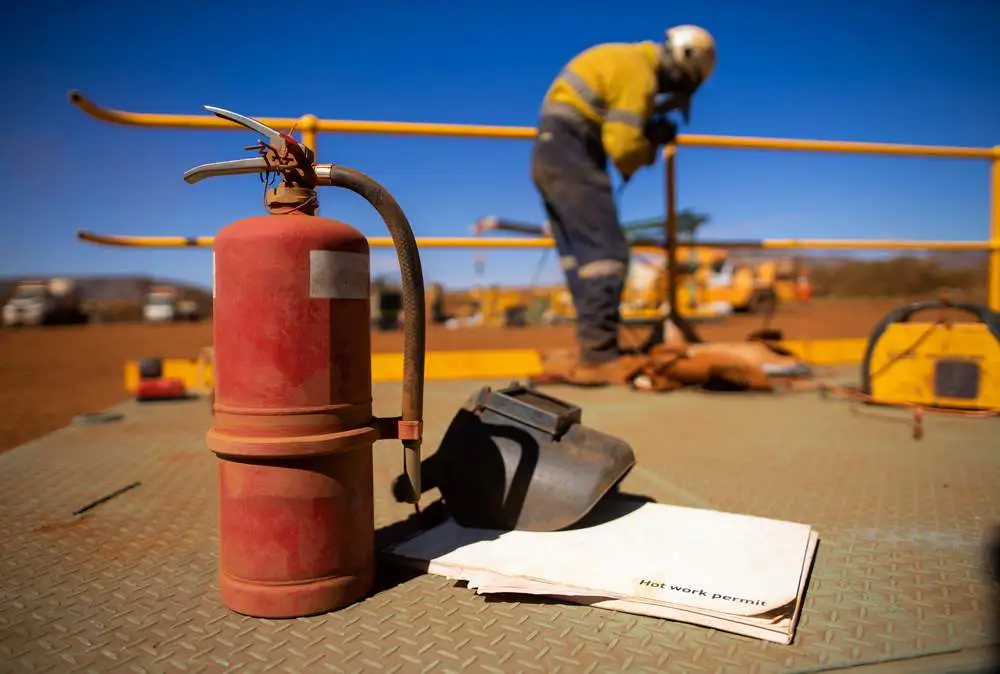Hazard Communication
Hazard Communication
Introduction:
Our Hazard Communication Training Course aims to equip participants with the essential knowledge and skills needed to maintain workplace safety while managing hazardous chemicals.
Course Content:
1. Introduction to Hazard Communication
o Significance and advantages
2. Hazard Classification
o Categories of hazards (physical, health, environmental)
o Classification criteria
o Examples of hazardous substances
3. Safety Data Sheets (SDS)
o Structure and content of SDS
o How to read and understand SDS
o Key sections to focus on
4. Labeling and Pictograms
o labeling requirements
o Understanding pictograms and their meanings
o Best practices for labeling
5. Implementing a Hazard Communication Program
o Creating a written hazard communication plan
o Employee training and information sharing
o Maintaining and updating the program
6. Emergency Procedures
o Responding to chemical spills and exposures
o First aid measures
o Reporting and documentation
Course Objectives:
By the end of this course, participants will be able to:
- Grasp the significance of hazard communication in the workplace.
- Acquire the ability to identify and categorize hazardous chemicals.
- Become adept at reading and interpreting Safety Data Sheets (SDS).
- Excel in using appropriate labeling and pictograms.
- Cultivate the skills needed to establish an effective hazard communication program.
Who Should Attend?
This course is crucial for:
- Workers in manufacturing
- Employees at chemical plants
- Laboratory technicians
- Construction workers
- Healthcare professionals
- Maintenance personnel
- Warehouse staff
- Agricultural workers
- Safety managers
- Supervisors handling hazardous materials
Certification:
Upon successful completion of the Hazard Communication training course, an accredited certificate is issued by the Technical Vocational Training Corp. in the Kingdom of Saudi Arabia from the Total Safety Quality Center, through the Mnar website https://mnar.sa/
Course details:
- Course duration: 1 day (5 hours)
Among our most important courses are:
Firefighting and safe evacuation
OSHA
Questions And Answers
The Hazard Communication Course is a training program designed to provide individuals with the knowledge and skills necessary to safely handle chemical, biological, nuclear, radiological and other materials that may pose a risk to human health and the environment.
• Maintaining Safety: Protecting yourself and others from the risks that may result from improper handling of hazardous materials such as burns, poisoning, allergies, and other health problems.
• Compliance with Laws: Ensuring compliance with laws and regulations governing the handling of hazardous materials.
• Improving Efficiency: Increasing the efficiency in handling hazardous materials, which reduces waste and lost time.
• Reducing Costs: Reducing the costs of accidents and injuries that may result from improper handling of hazardous materials.
• Protecting the Environment: Preventing environmental pollution resulting from leakage or improper disposal of hazardous materials.
By completing the Hazard Communication course, candidates will gain a comprehensive understanding of the following topics:
1. Introduction to Hazardous Materials: Identify the different types of hazardous materials and how they are classified.
2. Hazardous Materials Standard (HCS): Understand the safety and classification standards for hazardous materials according to applicable laws and regulations.
3. Review of Common Health Effects and Target Organs: Learn how hazardous materials affect human health, including common symptoms and the organs affected.
4. Overview of Chemical Hazards: Identify the different types of chemical hazards, such as chemical reactions and poisoning.
5. Chemical Hazard Assessment: Gain skills to assess the risks associated with chemicals and determine the level of hazard.
6. Measurement and Establishment of Exposure Limits and Hazard Control: Learn how to measure exposure levels to chemicals and determine safe limits, as well as risk control strategies.
7. Chemical Labeling and SDS: Understand how to properly label chemicals and use material safety data sheets (SDS) effectively.
8. Incident/Incident Reporting: Learn how to properly report hazardous material incidents and alerts.
9. Other Methods of Hazard Communication: Learn other methods of communicating hazard information to employees.
10. Spill Response Procedures: Understand how to handle hazardous material spills, including the necessary safety procedures.
11. Emergency and First Aid: Learn emergency procedures and how to act quickly in cases of injury or exposure to hazardous materials, as well as provide first aid.
This course aims to equip participants with the knowledge and skills necessary to ensure the safe handling of hazardous materials in the workplace.
The Hazard Communication course is taken at the headquarters of the Total Safety Quality Center.
By communicating with the Total Safety Quality Center via any means of communication
Experience in the field of occupational safety for more than 18 years
A valid ID
Attending the course
An accredited certificate is issued by the Technical Vocational Training Corp. in the Kingdom of Saudi Arabia upon successfully passing the course from the Total Safety Quality Center After 48 hours from the date of the course, through the Mnar website https://mnar.sa/
contact with the center through communication channels
There is no expiration date
one day (5 hours)
Upon successful completion of the Hazard Communication course, a local certificate accredited by the Technical Vocational Training Corp. in the Kingdom of Saudi Arabia will be issued.

